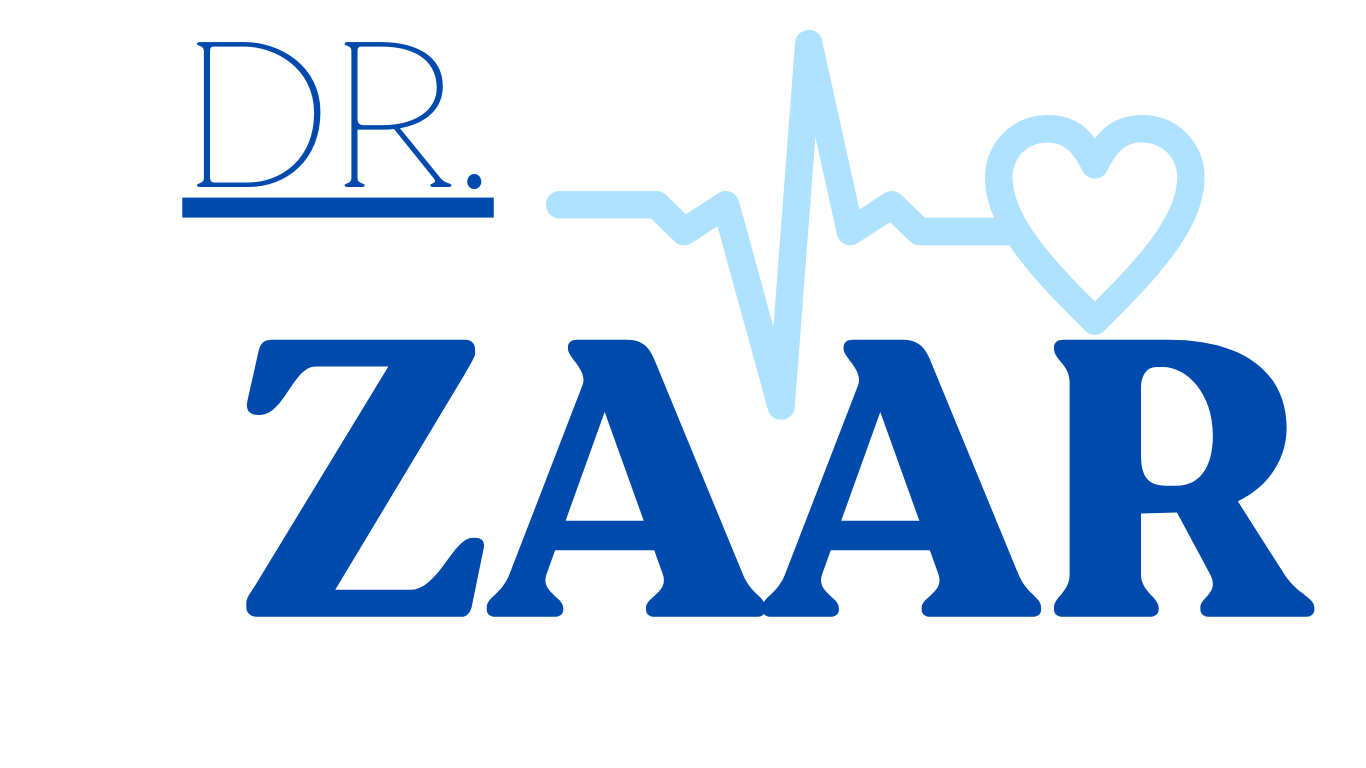Hepcidin in Growth Hormone Disorders: A Novel Player in Iron Metabolism and Anemia
Introduction:
Growth Hormone (GH) disorders encompass a range of conditions characterized by deficiencies or excesses of GH, a vital hormone for growth, development, and metabolism. While GH’s primary role is well-known, recent research has unveiled a potential connection between GH disorders and hepcidin, a central regulator of iron metabolism. This article explores the emerging role of hepcidin in GH disorders and its implications for iron metabolism and anemia.
I. Hepcidin: The Master Regulator of Iron Metabolism:
Hepcidin, primarily produced by the liver, plays a pivotal role in governing systemic iron balance. It regulates iron absorption in the intestines, iron recycling from macrophages, and iron release from hepatocytes. Hepcidin achieves this by binding to ferroportin, a transmembrane protein responsible for exporting iron from these cells into the bloodstream. Elevated hepcidin levels lead to ferroportin degradation, reducing iron release and absorption.
II. Growth Hormone Disorders:
GH disorders encompass conditions such as Growth Hormone Deficiency (GHD) and GH excess (e.g., acromegaly). These disorders can manifest with various clinical features, including growth retardation, metabolic disturbances, and musculoskeletal abnormalities.
III. Hepcidin Dysregulation in GH Disorders:
Recent studies suggest a potential interplay between hepcidin and GH disorders:
A. GH Deficiency (GHD):
- Influence on Iron Absorption: GH plays a role in regulating the absorption of nutrients, including iron, in the gastrointestinal tract. GHD may lead to alterations in iron absorption and utilization.
- Reduced Hepcidin Production: Some research suggests that GHD may be associated with reduced hepcidin production, potentially leading to increased iron absorption and release.
B. GH Excess (Acromegaly):
- Impact on Insulin-like Growth Factor-1 (IGF-1): Acromegaly is characterized by excessive GH production, resulting in elevated levels of IGF-1. IGF-1 can influence hepcidin expression indirectly.
- Iron and Anemia: The intricate relationship between GH excess, IGF-1, and hepcidin may contribute to disturbances in iron metabolism and anemia in acromegaly.
IV. Clinical Implications and Treatment:
Understanding the potential role of hepcidin in GH disorders has several clinical implications:
A. Diagnostic Value:
Monitoring hepcidin levels in individuals with GH disorders may offer diagnostic insights, helping to identify those at risk of developing iron imbalances and anemia. Regular assessments of iron parameters can guide clinical management.
B. Iron Supplementation:
Individualized iron supplementation, guided by laboratory assessments, may be considered for individuals with GH disorders and iron deficiency. The timing and dosing of iron supplementation should take into account hepcidin regulation.
C. Hormone Replacement Therapy:
In cases of GHD, GH replacement therapy aims to restore normal GH levels, which may indirectly influence hepcidin and iron metabolism.
V. Future Directions and Research:
Continued research aims to:
- Elucidate the precise mechanisms by which GH disorders influence hepcidin regulation and iron metabolism.
- Investigate the clinical impact of hepcidin modulation on iron balance and anemia in individuals with GH disorders.
- Explore potential therapeutic interventions targeting hepcidin to improve iron homeostasis and overall health in GH disorders.
Conclusion:
The emerging connection between hepcidin and GH disorders sheds light on the intricate interactions between hormonal regulation, growth, and iron metabolism. Recognizing the potential implications of hepcidin in GH disorders opens avenues for innovative diagnostic tools and therapeutic approaches that may improve the management and overall health of individuals affected by these conditions. Further research in this field promises to expand our knowledge and refine the care of individuals with GH disorders, addressing not only growth-related aspects but also iron-related aspects of these conditions.
